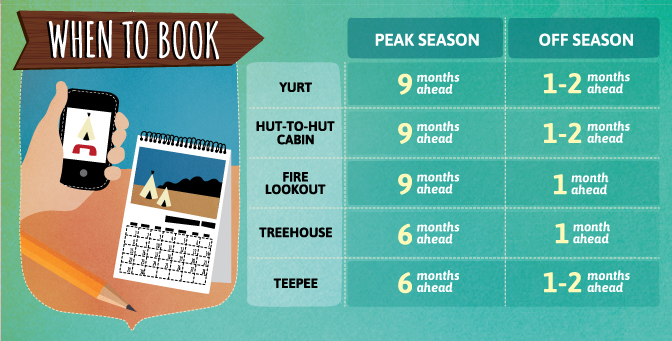Located in the South Atlantic region of the United States, Virginia offers a wealth of American history and heritage that will fascinate as well as educate, making it an ideal location for a family outing. Also known as the “Old Dominion” and “Mother of Presidents”, Virginia’s nicknames result from an historic association with the British as a dominion of the English Crown and from the fact that it is the birthplace of a substantial number of presidents of the US, respectively.

Origins and early beginnings
Several indigenous groups of Native Americans first inhabited the area, including the Algonquian and Powhatan peoples. The Powhatan eventually became the lead influence for a number of tribes that collaborated in order to protect trade networks. As early as the sixteenth century, Western influences began, with expeditions to Chesapeake Bay by Spanish Jesuits. Many historians have speculated that the name Virginia came from the first exploration by Walter Raleigh in 1584, sanctioned by Elizabeth I of England, who was known as the “Virgin Queen.”
Today, you can retrace some of the fascinating key developments in Virginia’s history, particularly relating to the colonial period from 1607 to 1776, through visiting the family-friendly attractions that bring the heritage alive. Here are a few of the significant attractions you should be sure to look out for:
Famous sites and hidden gems
Old Town in Alexandria was home to the nation’s early leaders, including Thomas Jefferson and George Washington, who strolled its streets and were known to enjoy supping at Gadsby’s Tavern. The inn first opened in 1749 and today you can still dine here and enjoy a selection of early American menu options, including glazed duckling, said to be Washington’s preferred dish.
Besides eating out, visitors can also visit a small museum in two adjacent buildings, with varied exhibits including a portrait of Englishman John Gadsby, the founder of the tavern. It may be worth reminding the kids that Lieutenant-Colonel George Washington (as he was then) was an important and loyal soldier and that he led the Virginia Regiment on behalf of the British during the French and Indian War, which finally became part of the famous Seven Years’ War from 1756 to 1763.
Charlottesville has the distinction of being hometown to two US presidents – Thomas Jefferson and James Monroe, while another president, James Madison, came from nearby Orange in Orange County. You and your family will join about half a million annual visitors if you decide to take the opportunity to view Jefferson’s mountaintop home, Monticello, which is a UNESCO heritage site, as is the nearby University of Virginia.
Despite being relatively small, there are an impressive number of popular tourist events for visitors to the area, including entertainment at one of the four large venues, hot air ballooning and hiking, to name a few.
Fredericksburg was the boyhood home of George Washington and James Monroe, who also lived here before moving to Charlottesville. Almost a generation later in 1807, Robert E. Lee, the great Confederate leader, was born close by at Stratford Hall Plantation in Westmoreland County. Fredericksburg has more significant battlefields than any other Virginian town and in just one day, you can visit the battlefields in the town, as well as at Chancellorsville and the Wilderness.

Mount Vernon was home to George Washington in between his military and presidential duties. He resided at a plantation some eight miles south of Alexandria. Today you can take the family to see one of the most visited historic homes in the US at Mount Vernon, which has been completely restored to replicate Washington’s Georgian mansion. Enjoy viewing George’s dressing table and the china tea service belonging to Martha. Extensive additional visitor facilities are also nearby – a treat not to be missed.
Williamsburg, Jamestown and Yorktown offer what must be the finest examples of colonial America, in terms of architecture and (in museum settings) furniture. Known as the Historic Triangle, Williamsburg alone boasts a multitude of famous buildings to explore, include 88 dating from the eighteenth century. You can check out the workplace of Thomas Jefferson and Patrick Henry, the Governor’s Palace, the former home of John D. Rockefeller Jr., Bassett Hall and the King’s Arms Tavern, where the Revolution’s most important people were known to eat and drink. If you’re a fan of social media, check out Outdoor Traveler on Twitter you’ll find information on their Williamsburg resort among others and links to book excursions in and around Virginia.
It seems that no matter where in Virginia you choose to go, you will find a warm Virginian welcome and a taste of colonial history and heritage that you simply won’t find elsewhere. Enjoy a great family trip through the Old Dominion.

































